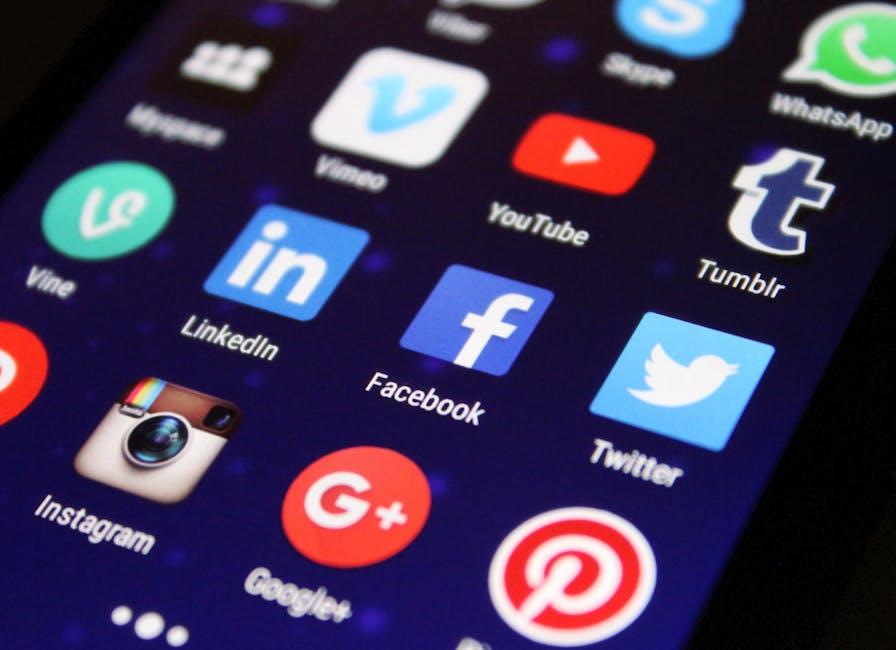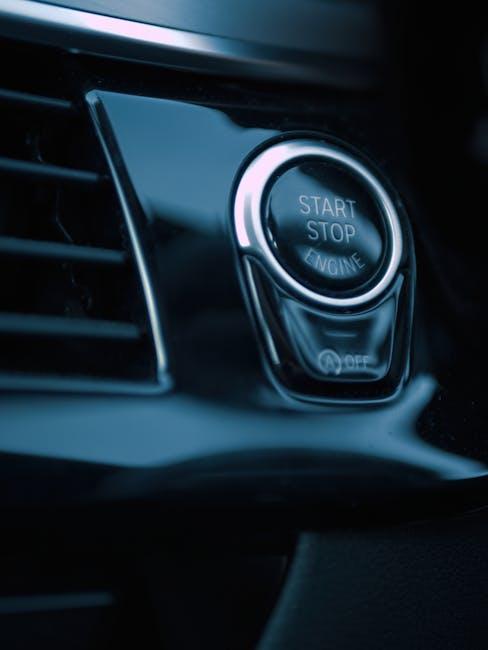

Hey there, fellow YouTube enthusiasts! If you’ve ever scrolled through updates on this platform and thought, “Wow, that’s just what we needed!” you’re not alone. It’s not every day that YouTube rolls out a feature that genuinely feels like a win for creators. But, guess what? Today is one of those rare occasions! With their latest update, YouTube is giving us, the creators, a shiny new option: the ability to choose whether or not we allow third-party companies to use our content.
Now, before you roll your eyes and think, “Oh great, another algorithm change,” let’s take a moment to appreciate what this really means. For many of us, our videos aren’t just fleeting moments of entertainment; they’re our passion projects, sweat equity, and sometimes even our livelihoods. So, it’s refreshing to see a step in the right direction—one that puts power back into our hands and puts some much-needed safeguards around our work. This isn’t just tech jargon; this is about creators reclaiming control in a world where our content can easily become collateral in the AI arms race.
So, grab your favorite snack and let’s dive deeper into this game-changing update—because trust me, you’ll want to know how it affects you and the entire YouTube community!


In a move that’s catching the attention of many content creators, YouTube has introduced a new feature granting creators control over their content’s usage, especially when it comes to third-party companies wanting to train their AI models. Before this update, it felt like most decisions were made for creators, often leaving them in the dark. Now, by navigating through the advanced settings of their YouTube channel, creators can express whether they want companies like TikTok or OpenAI to access their videos. It’s a refreshing change that puts power back in the hands of the creators while defaulting to a “no” setting, ensuring that creators are automatically safeguarding their work unless they choose otherwise. Isn’t it nice to feel a bit empowered?
Now, let’s get to the nitty-gritty: what does consenting to allow your videos to be used really mean? While some might jump at the chance without thinking about the implications, others might see it as an opportunity for a payday—a classic trade-off scenario. Yet, many creators are left wondering if there’s an actual incentive for sharing their work with AI companies, especially when there are no clear benefits laid out. If YouTube is serious about protecting content creators, then this setting is a vital tool in their kit. Still, it begs the question, are they merely shielding themselves from backlash? With all the shadiness surrounding AI practices, it’s hard not to feel a bit skeptical about the bigger picture. Regardless, this new feature certainly adds a layer of complexity to how creators engage with their content in the age of artificial intelligence.
As creators, the introduction of the new setting on YouTube raises a ton of questions, doesn’t it? Now that we have the option to allow third-party companies to use our content for AI training, it feels like we’ve been handed a double-edged sword. On one hand, YouTube is giving us a choice, which is a step in the right direction for protecting our content. But on the other hand, it’s a bit perplexing. Will our videos truly be safe, or is this just a ploy for YouTube to consolidate its power in the AI landscape? With so many companies vying for data, it’s hard not to wonder what’s really at stake here. Is it about protecting creators, or is YouTube playing a long game to ensure its dominance in the burgeoning world of artificial intelligence?
Many of us might instinctively keep the setting on “no,” especially since it seems like a risky move to say yes without clear incentives. After all, what’s in it for us? Maybe some cash, recognition, or a chance to influence AI development? But let’s be real—these incentives seem awfully vague. The idea that our content could be sold or used without fair compensation makes folks uneasy. It’s like letting someone borrow your prized book with no guarantee they’ll return it in one piece, right? And with rampant speculation about how YouTube and AI companies are intertwined, it creates this cloud of uncertainty. As creators, we ought to stay informed and vigilant about our rights while navigating this rapidly evolving digital landscape. If we’re going to share, let’s make sure it’s on our terms!
With this latest update, YouTube is essentially handing control back to creators, allowing you to decide whether or not your videos can be utilized for training AI models. It’s a classic case of “better safe than sorry,” right? If you leave the setting as is, YouTube defaults to “no,” which means your content won’t be handed over to those third-party companies. You have the option to change it, but why would you? The chances are that most of us don’t see any real benefit in sharing our content for their data collection. We put our heart and soul into our videos, after all. Would you want someone else profiting from your hard work without so much as a thank you?
Now, switching that setting to yes could open a Pandora’s box. Imagine if sharing really meant selling—the thought is almost cringe-worthy. Are we just opening the floodgates for potential exploitation, or is there a possible mutual exchange at play? Perhaps YouTube is enticing creators with the notion of a “greater good,” but doesn’t it feel like we might be pawns in a larger game between these tech giants? At the end of the day, who really comes out ahead in this potential trade? This setting might feel liberating, but it’s also a thin veil over complex corporate dynamics. After all, clarity is key, right? Let’s keep our eyes wide open.
YouTube’s latest update is like opening Pandora’s box — it brings both excitement and a sprinkle of doubt. Creators now hold the reins for their content when it comes to AI training. This shift is refreshing because, let’s face it, who wouldn’t want to have a say in how their work is used? By allowing creators to opt out of letting third-party companies utilize their videos, YouTube seems to be putting the power back where it belongs: in the hands of the content creators. Picture this: you’ve spent hours crafting the perfect video, and now you have the option to protect it from being gobbled up by AI systems for free. How great is that? Plus, even better, the default setting is set to ‘no,’ which means you don’t have to worry about inadvertently giving away your content just by being passive.
However, the million-dollar question remains: why would any creator say yes? The tool provides granular controls over which companies can access your videos, but without clear incentives, it feels a bit one-sided. Imagine getting the chance to lend your content to a company without a single penny in return — doesn’t quite sound fair, does it? Some speculate that the word “share” might even hint at “sell,” flipping the narrative on content ownership. If YouTube is profiting while creators remain in the dark, that just feels icky. It’s like the classic tale of giving with one hand while taking with the other. So, while on the surface this update seems like a win for creators, it stirs up a pot of questions that makes you wonder about the deeper implications. Are we truly in control of our content, or are we just players on a larger chessboard?
And there you have it! The latest YouTube update has sparked quite the conversation, hasn’t it? It’s like YouTube is finally handing over the keys to the kingdom, allowing creators to decide if they want to let third-party companies use their content. On one hand, it’s a solid step towards protecting creators’ content in this wild, ever-evolving AI landscape. But on the flip side, there’s a lot to unpackage here about the motivations behind this decision and what it really means for us as content creators.
It’s totally understandable to feel a mix of excitement and skepticism. After all, we’re navigating a new era where our videos hold immense value—not just for us, but for these AI companies. Sure, on the surface, it looks like YouTube has our backs, but the underlying implications can leave us scratching our heads, right? What does “sharing” truly entail? Are they really out to protect us, or is there something bigger at play?
As we ponder these questions, one thing is crystal clear: awareness is key. We need to stay informed and engaged, not just with YouTube’s policies but with the broader implications of AI in our creative world. So, whether you choose to opt in or stick to the default setting, let’s keep the conversation going! What are your thoughts about this update? Are you cautious, optimistic, or maybe a little bit of both?
Thanks for hanging out with me today! Don’t forget to keep an eye on your own creations and how they fit into this rapidly changing landscape. Until next time, keep creating, stay curious, and never stop exploring!
Flaimgo’s charm is like that favorite playlist you can’t stop hitting replay. With his infectious…
Ready to unleash your inner artist? Dive into "Unlock Your Creativity: A Fun Guide to…
Ready to enjoy your favorite YouTube videos right on your laptop? Downloading the YouTube app…
Snagging YouTube videos? It’s easier than pie! Whether you're saving for offline binge-watching or keeping…
Struggling to cite YouTube videos in APA format? Don’t sweat it! Mastering APA citation for…
Wondering if sharing YouTube URLs is legal or a bit sketchy? It's kind of like…